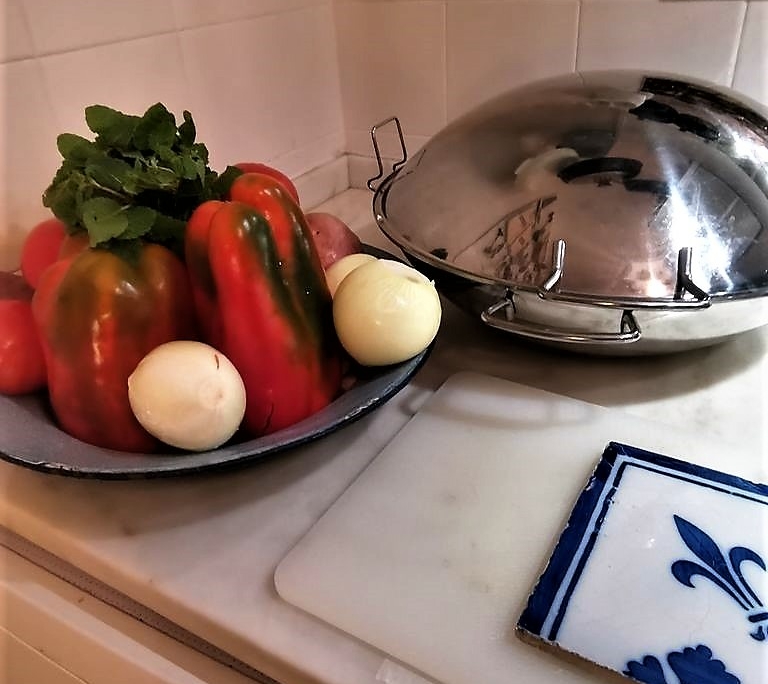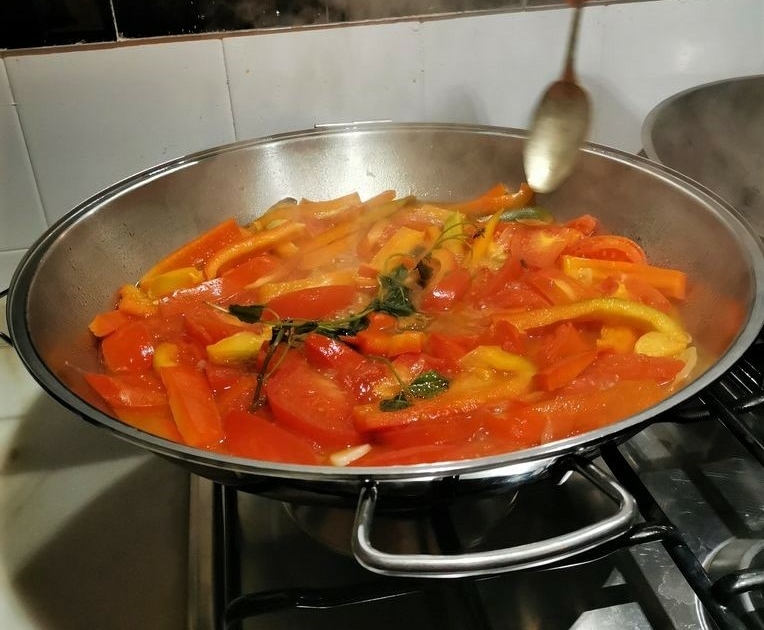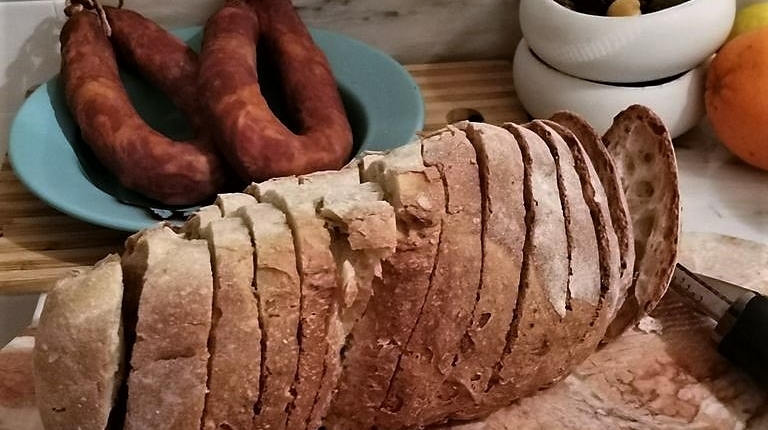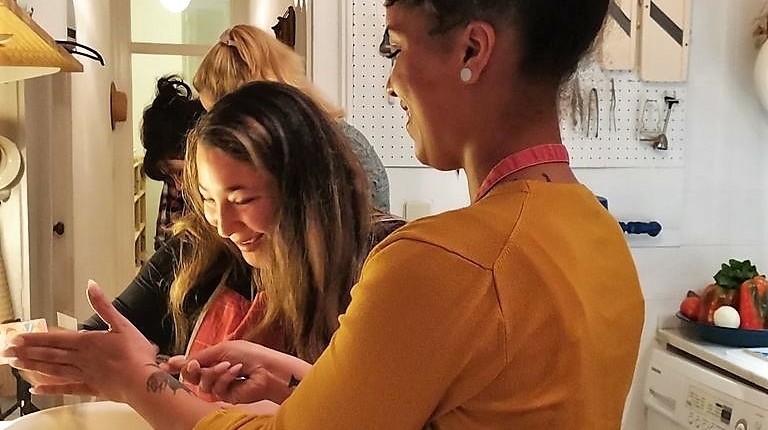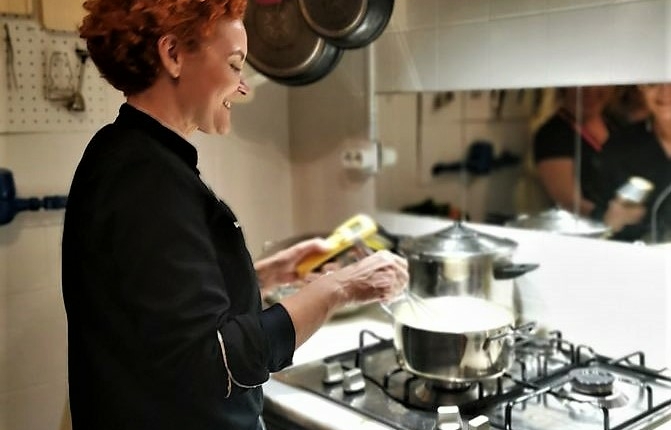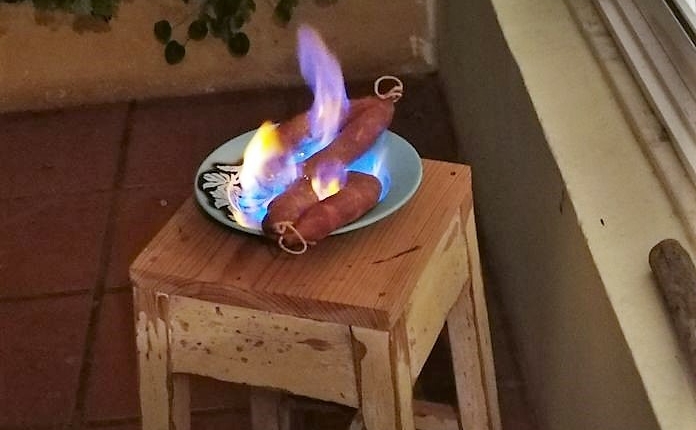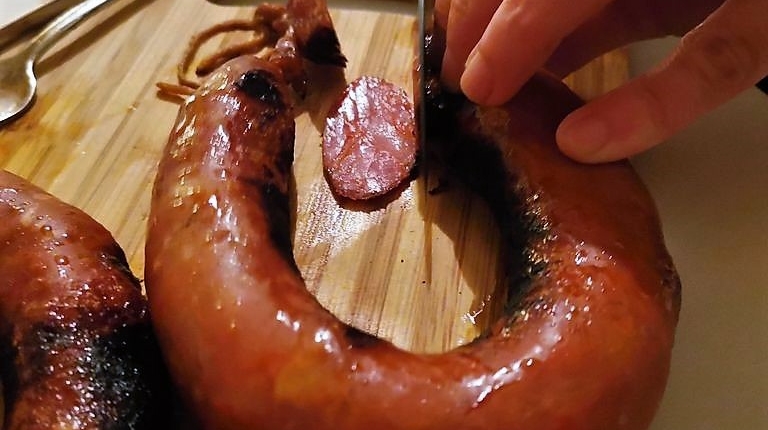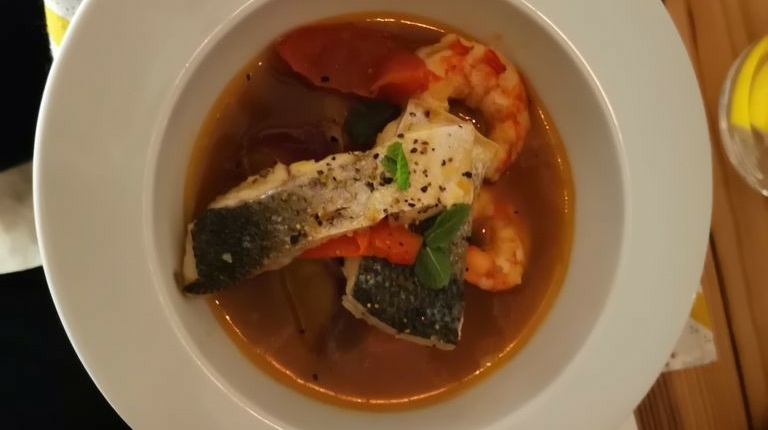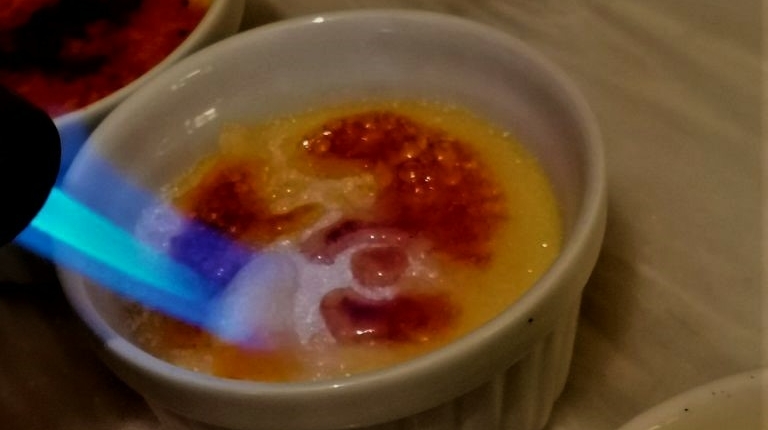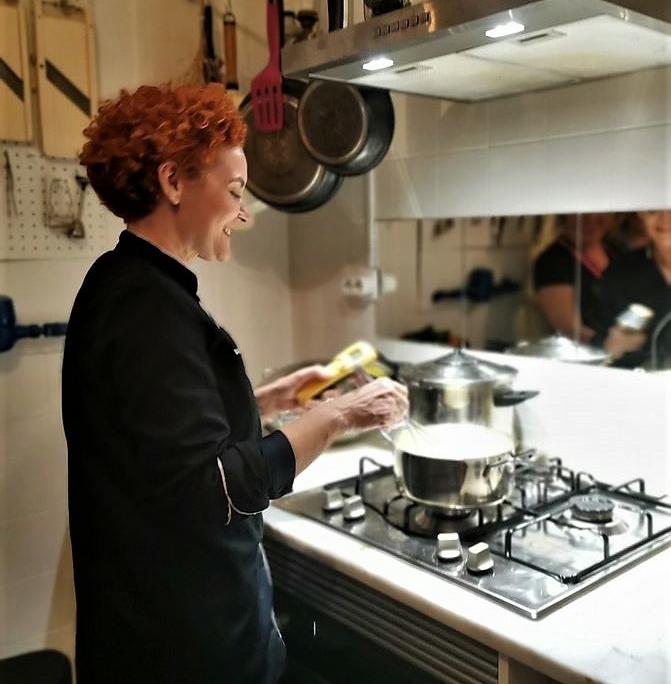Cataplana: a typical southern dish
Cataplana: a utensil, a dish, recipes
The Algarve gave Portugal the cataplana. The exact origin of this shell-shaped cooking ustensil is not known.
It has been said to be Arabic, and this is quite likely, as it has similarities with the traditional Tajine of North African countries.
The idea of a dish simmered over embers placed in a hole in the ground is in any case very old. And this is probably how the cataplana started.
The utensil can be made of copper or brass. Today it is more likely to be made of aluminium with a copper coating to keep the traditional look. And you can find some in stainless steel.
In the Algarve, the utensil is very common. But the recipes associated with it can be found from the north to the south of the Portugal
Round, made up of two half-cylinders fixed together by a joint, it is closed hermetically by two handles. This way the food is gently stewed.
The simmering process is efficient and preserves all the flavour of the food.
Cataplana, a healthy and tasty cuisine
Cataplana is generally associated with seafood, shellfish and fish. It was born by the sea, let’s not forget that.
The particularity of this dish is that it adapts to everything. It is therefore possible to make fish cataplanas, but also chicken, pork and, more rarely, beef.
The recipes are multiple and variable. But some ingredients cannot be missing: peppers, garlic, onion, tomatoes, olive oil, thyme…
This is what is known as the Mediterranean diet: healthy and complete, with a strong emphasis on vegetables.
At http://www.lisbonne-affinités.com we love these southern flavours.
The art of savouring.
The round cataplana – its name might suggest something flat – is a way of doing slow food today.
The fresh ingredients must be prepared in advance and placed in the semi-circle on the fire in a precise order. The quality of the raw materials and the little trick of each cook will make the difference.
In about twenty minutes of cooking the cataplana is ready. It is eaten with nice slices of rustic bread.
Although it is available in many restaurants in the Algarve, in Lisbon it is more rare.
Why not learn how to make homemade cataplana? Patricia Gabriel makes it possible.
She organises workshops in the heart of Lisbon, in Graça, to learn how to prepare the recipe. Flambéed chouriço and crème brûlée accompany the meal. The warm and intimate atmosphere of the workshop makes the cataplana moment a must for a different evening, in a small group.
contact patricia patriciaagabriel@gmail.com
A utensil and a dish
The cataplana is a somewhat expensive utensil: but you don’t buy this kind of pan every year.
You have to choose a quality one and pay the price to avoid the risk of a handle getting stuck in your hands or the hinge breaking after three openings.
You can find them in Lisbon’s Baixa: rua da Madalena, rua dos Fanqueeiros for example.
Prices vary: between 52 euros and 120 euros. It all depends on the material and the size.
There are contemporary, flat-bottomed versions. But if your cataplana is original and traditional and if your cooker is on fire, then you will need to buy an essential piece to keep the utensil stable on the fire.
A stovetop tripod will do the trick.

